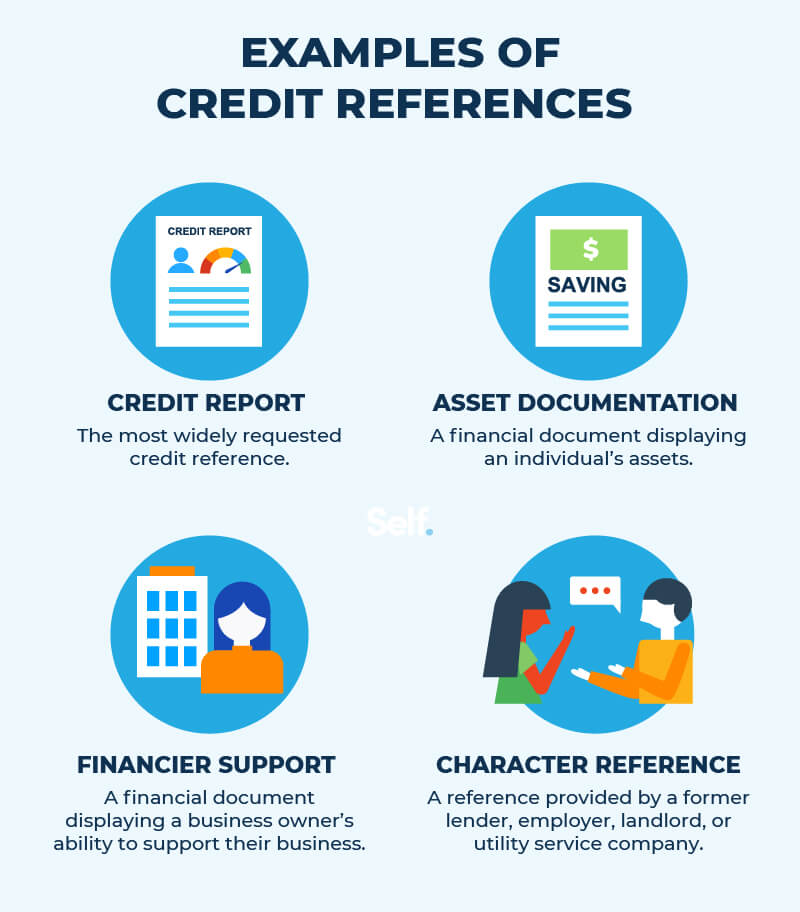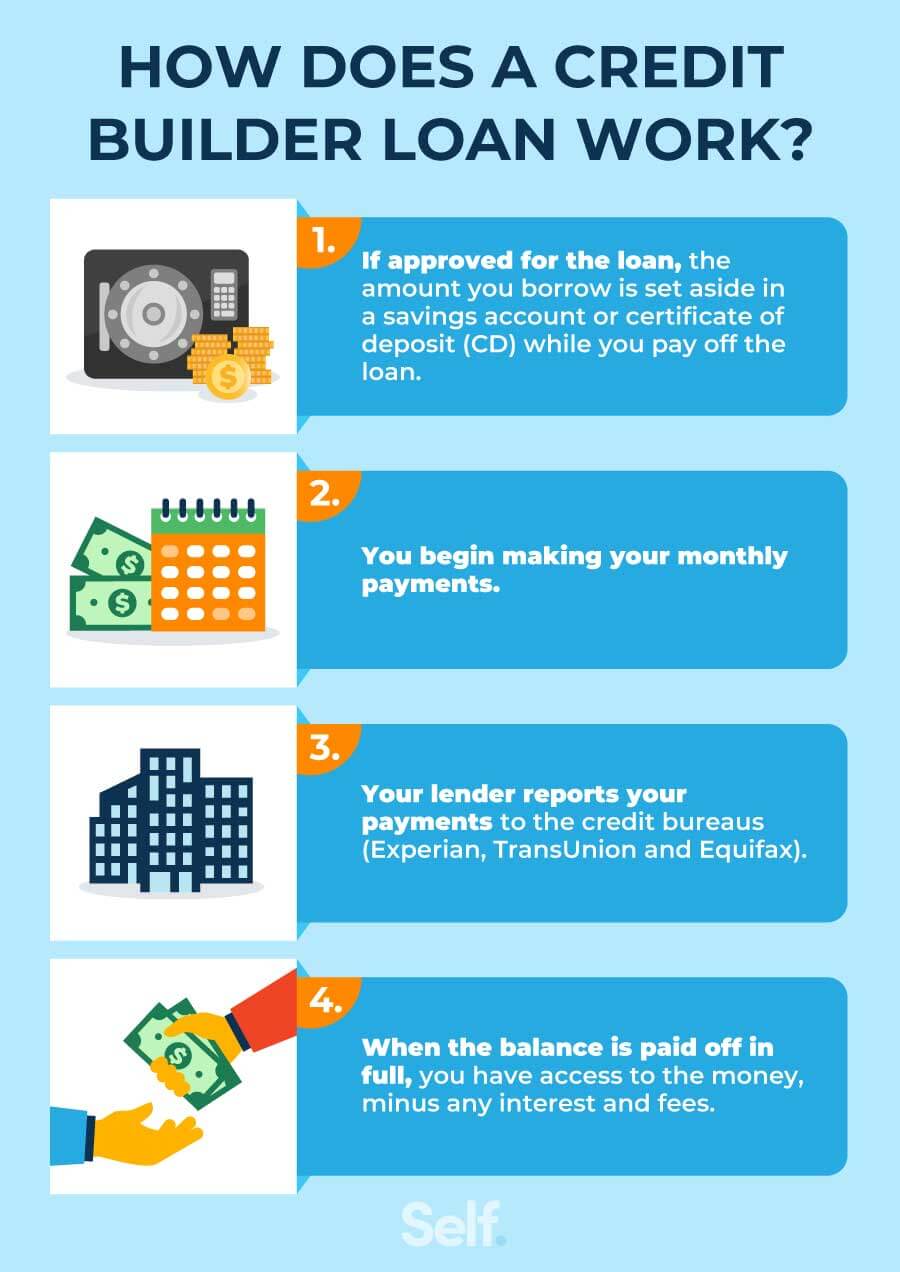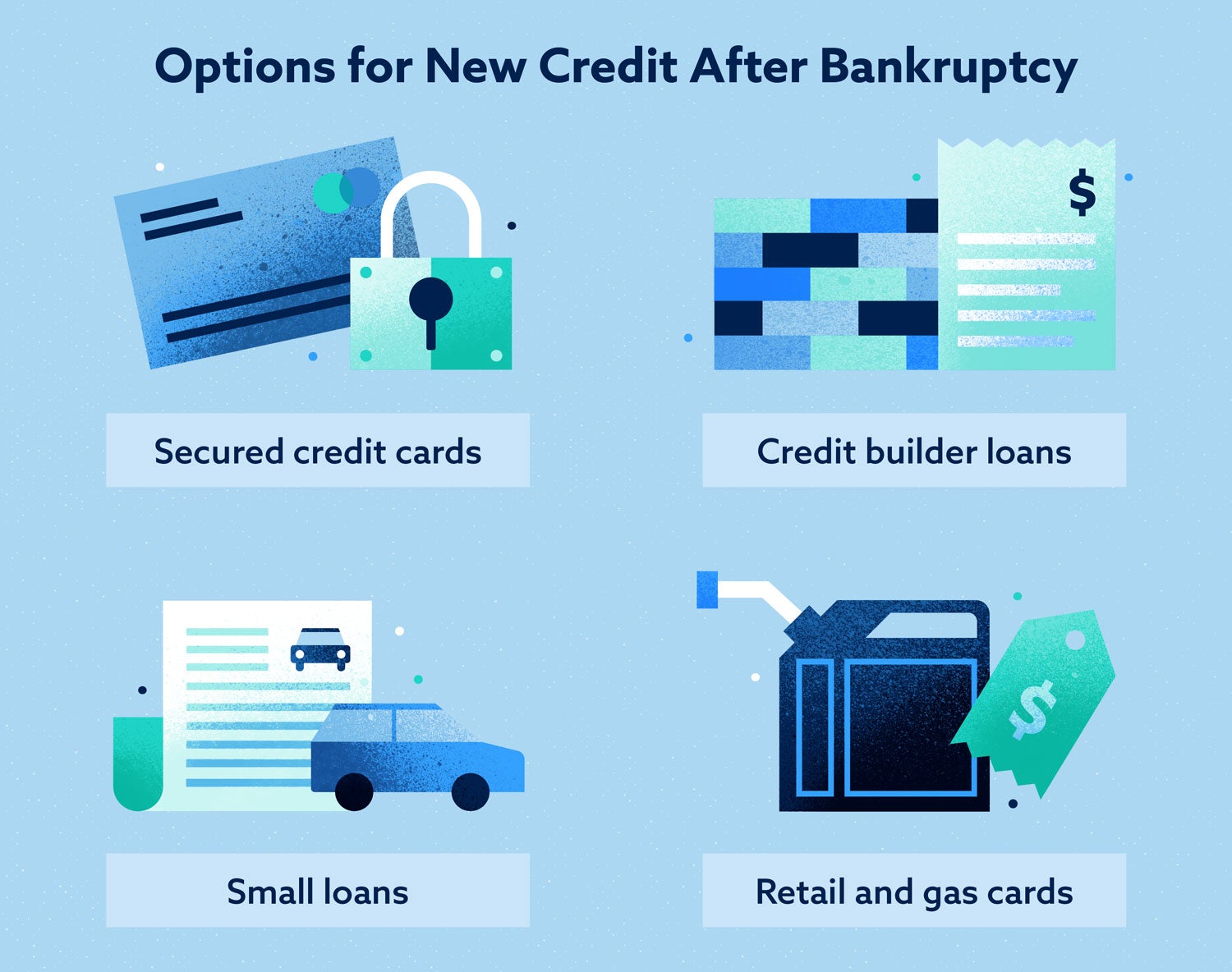How To Understand Tax Credits?
Understanding tax credits can sometimes feel like unraveling a complex puzzle. With all the jargon and technicalities, it’s easy to get lost in a sea of confusion. But fear not! In this article, we’ll break down the ins and outs of tax credits in a way that’s easy to grasp, even for the tax novices among us.
Tax credits are essentially incentives provided by the government to encourage certain behaviors or support specific industries. Think of them as little rewards for doing things that benefit society. Whether you’re a homeowner looking to save on energy-efficient upgrades or a parent claiming a credit for child care expenses, understanding how these credits work can make a big difference in your overall tax bill.
So, if you’re ready to demystify the world of tax credits and unlock the secrets to maximizing your savings, let’s dive in together. We’ll explore the different types of tax credits, decipher the eligibility criteria, and provide practical tips on how to make the most of these financial opportunities. Get ready to navigate the world of tax credits like a seasoned pro!
How to Understand Tax Credits: A Step-by-Step Guide
- Research the Different Types of Tax Credits: Start by understanding the various tax credits available such as the Child Tax Credit, Earned Income Credit, and Education Credits.
- Review Eligibility Criteria: Once you know the types of tax credits, review the eligibility requirements for each. This will help you determine if you qualify for any of them.
- Calculate the Amount of the Tax Credit: For each eligible tax credit, learn how to calculate the amount you can claim. This may involve understanding income thresholds, expenses, or other qualifying factors.
- Claiming the Tax Credit: Finally, when filing your taxes, make sure to properly claim the tax credits you are eligible for. This may require filling out specific forms or providing supporting documentation.
By following these steps, you can gain a better understanding of tax credits and potentially maximize your tax savings.
Understanding Tax Credits: A Comprehensive Guide
Tax credits can be complex and confusing, but they are an essential part of the tax system. Whether you’re an individual taxpayer or a business owner, understanding tax credits is crucial for optimizing your tax situation. In this comprehensive guide, we’ll break down the ins and outs of tax credits, providing you with the knowledge you need to navigate this often-overlooked aspect of taxation.
What Are Tax Credits?
Tax credits are financial incentives provided by the government to encourage certain behaviors or help individuals and businesses offset their tax liabilities. Unlike deductions, which reduce the amount of taxable income, tax credits directly reduce the amount of tax owed. This means that a tax credit of $1,000 will result in a $1,000 reduction in your tax bill.
There are various types of tax credits available, each designed to incentivize different activities. Common tax credits include child tax credits, education credits, energy-efficient property credits, and healthcare-related credits. Understanding the specific requirements and benefits of these credits is essential for maximizing your tax savings.
Types of Tax Credits
1. Child Tax Credits
Child tax credits are designed to provide financial assistance to families with dependent children. These credits can significantly reduce your tax liability by providing a dollar-for-dollar reduction in taxes owed. To qualify for the child tax credit, you must meet certain criteria, such as having a qualifying child under the age of 17 and meeting income limitations.
2. Education Credits
Education credits aim to alleviate the financial burden of higher education expenses. The two main education credits available are the American Opportunity Credit and the Lifetime Learning Credit. The American Opportunity Credit provides a credit of up to $2,500 per eligible student for the first four years of post-secondary education, while the Lifetime Learning Credit offers a credit of up to $2,000 per tax return for any level of education.
3. Energy-Efficient Property Credits
Energy-efficient property credits are designed to encourage individuals and businesses to invest in renewable energy sources and environmentally friendly improvements. These credits can offset the costs of installing solar panels, wind turbines, geothermal heat pumps, and other energy-efficient upgrades. By taking advantage of these credits, you not only reduce your tax liability but also contribute to a greener future.
4. Healthcare-Related Credits
Healthcare-related credits aim to make healthcare more affordable for individuals and small businesses. The Premium Tax Credit, for example, helps lower-income individuals and families afford health insurance premiums through the Health Insurance Marketplace. On the other hand, the Small Business Health Care Tax Credit provides assistance to small businesses that offer health insurance to their employees.
Applying for and Claiming Tax Credits
Applying for and claiming tax credits requires careful attention to detail and adherence to specific guidelines. Here are the general steps to follow:
1. Determine your eligibility: Review the requirements for each tax credit to determine if you meet the criteria. If you have any doubts, consult a tax professional for guidance.
2. Gather necessary documentation: Collect all the documentation and records necessary to support your claim. This may include information about your income, expenses, dependents, education expenses, or energy-efficient property improvements.
3. Complete the appropriate forms: Use the designated tax forms, such as Form 1040 or Form 8862, to claim the tax credits you’re eligible for. Ensure accurate and complete information to avoid delays or potential audits.
4. Double-check your work: Before submitting your tax return, review all the information and calculations to ensure accuracy. Mistakes or omissions can lead to delays in processing or potential penalties.
5. File your tax return: Once you’ve completed all the necessary steps, submit your tax return either electronically or by mail, following the IRS guidelines.
Tips for Maximizing Your Tax Credits
While tax credits can provide significant savings, it’s essential to take the necessary steps to maximize your benefits. Here are some tips to help you make the most of tax credits:
1. Stay informed: Keep up to date with changes in tax laws and regulations to ensure you’re aware of new credits or modifications to existing ones. The tax landscape is constantly evolving, and staying informed is key.
2. Consult a tax professional: If you find tax credits overwhelming or need personalized guidance, don’t hesitate to seek the assistance of a qualified tax professional. They can help you navigate the complexities of the tax system and identify opportunities for additional savings.
3. Keep meticulous records: Maintain organized records of all relevant documentation, such as receipts, invoices, and statements. This will make it easier to substantiate your claims and provide accurate information when filing your tax return.
4. Plan strategically: Consider the timing of your expenses or investments to align with tax credit requirements. For example, if you’re planning to make energy-efficient property upgrades, research the eligibility criteria and plan accordingly.
5. Review your eligibility annually: Tax credits often have annual income limits and other eligibility criteria. Regularly assess your eligibility to ensure you don’t miss out on any potential credits.
Understanding tax credits is essential for optimizing your tax situation and maximizing your savings. By familiarizing yourself with the different types of tax credits available, properly applying for and claiming credits, and employing strategic planning, you can leverage these incentives to your advantage. Remember, seeking professional advice when needed and staying informed about changes in tax laws will help you navigate the complexities of the tax system with confidence.
Key Takeaways: How to Understand Tax Credits?
- Tax credits are a way to reduce the amount of tax you owe to the government.
- Understanding tax credits can help you maximize your tax savings.
- Research and stay updated on different tax credits available to you.
- Consult a tax professional if you have questions about specific tax credits.
- Keep track of any documents or receipts needed to claim tax credits.
Frequently Asked Questions
1. What is a tax credit?
A tax credit is a financial incentive provided by the government to encourage certain behaviors or activities. It is a dollar-for-dollar reduction in the amount of tax you owe. Unlike a tax deduction, which reduces your taxable income, a tax credit directly reduces the amount of tax you owe.
For example, if you have a tax credit of $1,000 and you owe $3,000 in taxes, the credit will reduce your tax liability to $2,000. Tax credits can help individuals and businesses save money and offset their tax liability.
2. How do tax credits work?
Tax credits work by reducing the amount of tax you owe to the government. They are typically based on specific criteria, such as income level, family status, or certain expenses incurred. When you file your tax return, you can claim the tax credits you qualify for, and they will directly reduce the amount of tax you owe.
Some tax credits are refundable, which means that if the credit exceeds your tax liability, you can receive the excess amount as a refund. Non-refundable tax credits can only reduce your tax liability to zero, but any excess cannot be refunded. It’s important to understand the eligibility requirements and documentation needed to claim tax credits.
3. What are some common tax credits?
There are several common tax credits that individuals and businesses can take advantage of. Some examples include:
– The Earned Income Tax Credit (EITC): This credit is available to low-to-moderate-income individuals and families and can provide significant tax savings.
– The Child Tax Credit: This credit is available to taxpayers with qualifying children and can provide a credit of up to $2,000 per child.
– The Lifetime Learning Credit: This credit is available to individuals who are pursuing higher education or acquiring new skills and can provide a credit of up to $2,000 per tax return.
– The Small Business Health Care Tax Credit: This credit is available to small businesses that offer health insurance to their employees and can provide a credit of up to 50% of the premiums paid.
4. How can I determine if I qualify for a tax credit?
To determine if you qualify for a tax credit, you need to review the specific eligibility requirements for each credit. These requirements can vary depending on the credit and may include factors such as income level, filing status, and certain expenses incurred.
It’s recommended to consult the official IRS guidelines or seek advice from a tax professional to determine your eligibility for tax credits. They can help you understand the criteria and documentation needed to claim the credits you qualify for.
5. Are tax credits the same as tax deductions?
No, tax credits and tax deductions are not the same. While both can help reduce your overall tax liability, they work in different ways.
Tax credits directly reduce the amount of tax you owe, dollar-for-dollar. On the other hand, tax deductions reduce your taxable income, which indirectly reduces your tax liability. The value of a tax deduction depends on your tax bracket, while tax credits provide a more direct and substantial reduction in taxes owed.
It’s important to consider both tax credits and tax deductions when filing your taxes to maximize your savings. Consulting with a tax professional can help ensure you take full advantage of all available credits and deductions.
Final Summary
Understanding tax credits can sometimes feel like navigating a complex maze, but fear not! With a little know-how, you’ll be able to decode the tax jargon and make the most of these money-saving opportunities. So, let’s break it down!
Tax credits are essentially incentives provided by the government to encourage certain behaviors or activities. Whether it’s for education expenses, energy-efficient upgrades, or even adopting a child, tax credits can help put more money back in your pocket. It’s like getting a little bonus for doing something that benefits you and society as a whole.
To understand tax credits, start by doing your research and familiarizing yourself with the different types available. Keep an eye out for any changes in tax laws or new credits that may be introduced. Next, make sure you meet the eligibility requirements for the credits you’re interested in. This could involve factors like income limits, age restrictions, or specific qualifications. Don’t worry if it seems overwhelming at first – there are plenty of resources available online and professional tax advisors who can help guide you through the process.
Remember, tax credits are not the same as deductions. While deductions reduce the amount of your taxable income, credits directly reduce the amount of tax you owe. So, they can have a significant impact on your overall tax bill. Keep track of any qualifying expenses throughout the year and gather the necessary documentation to claim your credits when the time comes.
In conclusion, understanding tax credits may seem daunting, but by familiarizing yourself with the available options, meeting eligibility requirements, and seeking guidance when needed, you’ll be well on your way to maximizing your tax savings. So, don’t let those credits slip through your fingers – take advantage of them and keep more money in your pocket!







